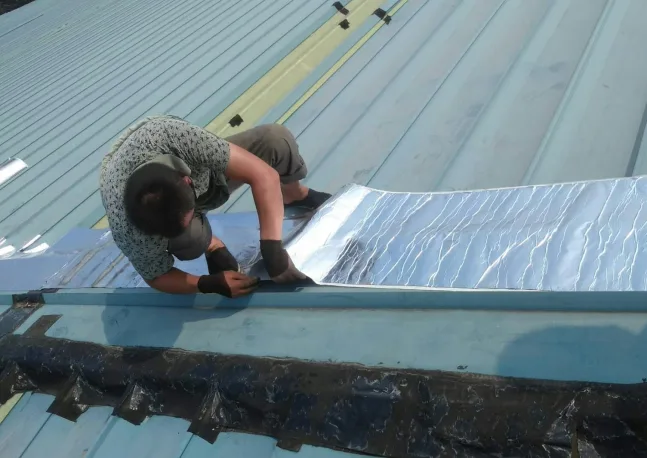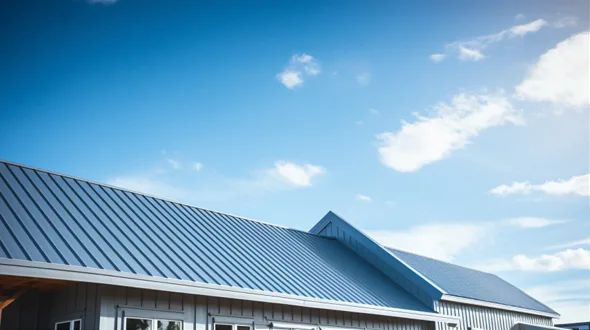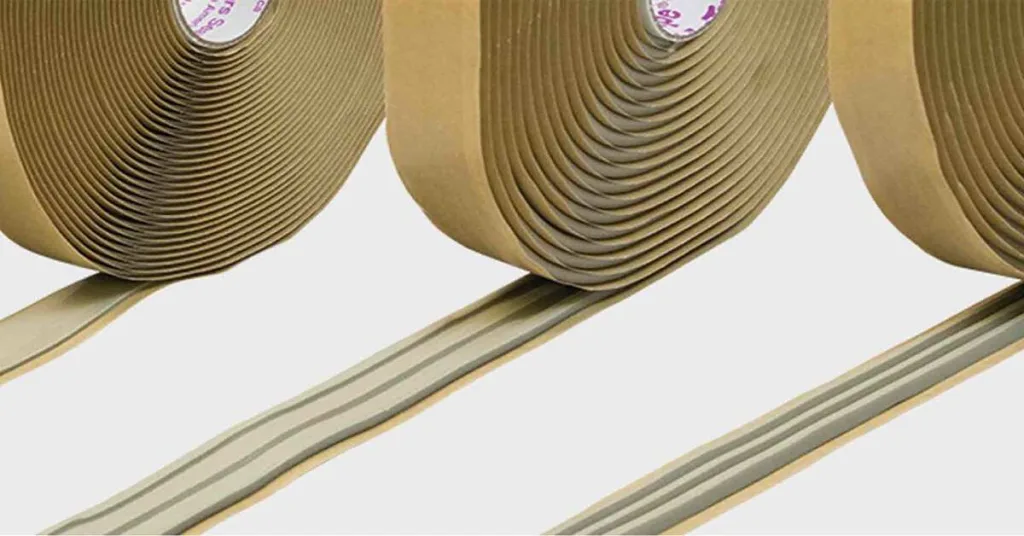Have you ever wondered why your HVAC system isn’t performing as efficiently as it should? Surprisingly, one of the most overlooked factors in HVAC performance lies in the humble yet powerful tool known as HVAC tape. In this article, we’ll uncover the five key aspects you need to know about HVAC tape, from its properties to common misconceptions and the consequences of using the wrong type. With these insights, you’ll be better equipped to ensure your HVAC system operates at peak performance.
Does Your HVAC Tape Measure Up?
When choosing HVAC tape, understanding its core attributes is crucial. Let’s break down some essential properties to help you evaluate its effectiveness.
Permeability
Permeability refers to the tape’s ability to prevent air leakage in or out of the HVAC system. This property is vital for achieving full system closure, which ensures the system operates efficiently. Did you know that poor tape permeability could lead to a 20% loss in heating or cooling efficiency? This figure, according to the U.S. Department of Energy, highlights how crucial high-quality HVAC tape is for maintaining system performance. Moreover, by keeping contaminants out, it also plays a role in improving indoor air quality.
Tack
Tack, often called “wet grab,” measures how quickly the tape sticks to a surface upon application. A high tack ensures the tape adheres firmly without flagging or peeling off prematurely. For instance, imagine applying a low-tack tape on a high-pressure duct. It might look fine initially but could come loose over time, leading to costly repairs and efficiency loss.
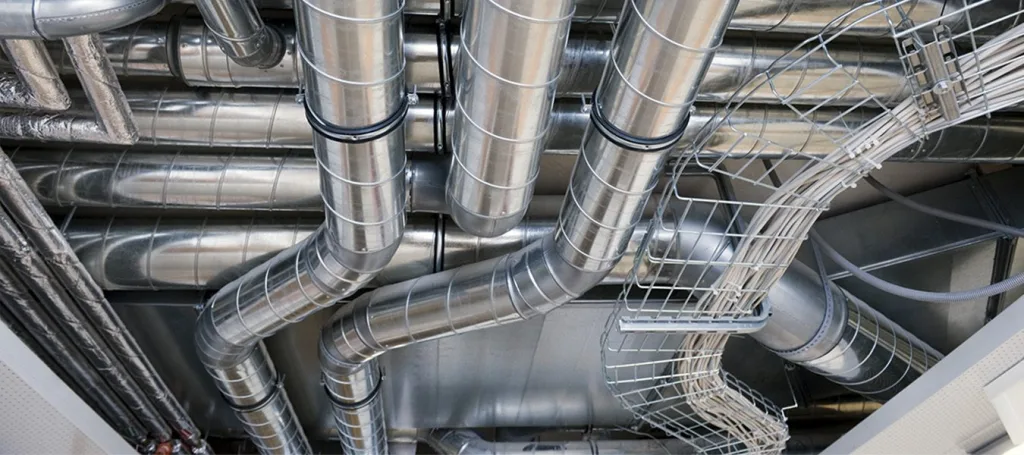
Adhesion
Adhesion determines how well the tape bonds to various materials such as sheet metal, fiberglass, or ductwork. HVAC tapes are rigorously tested for adhesion, ensuring they meet stringent standards for different applications.
Conformability and Elongation
Conformability is the tape’s ability to wrap around irregular surfaces, while elongation measures how much it can stretch before breaking. These features are essential for tapes used on flexible ductwork or uneven surfaces. Foil tapes, for example, are less elastic but offer excellent conformability. This distinction is critical for ensuring the tape stays in place and does not tear during application.
Temperature Resistance
HVAC systems often operate under extreme temperatures, ranging from freezing cold to scorching heat. Therefore, tape must withstand these conditions without losing its adhesive properties. The National Renewable Energy Laboratory emphasizes that using the right temperature-rated tape can significantly improve a system’s durability.
What Are the Consequences of Using the Wrong HVAC Tape?
Using the wrong HVAC tape might seem like a minor mistake, but the consequences can be severe. Improper tape leads to air leaks, reducing the system’s efficiency by up to 30%. It can also result in failed inspections, as non-compliant tape may not meet UL standards. Additionally, contaminants can infiltrate the system, impacting indoor air quality and potentially causing health issues.
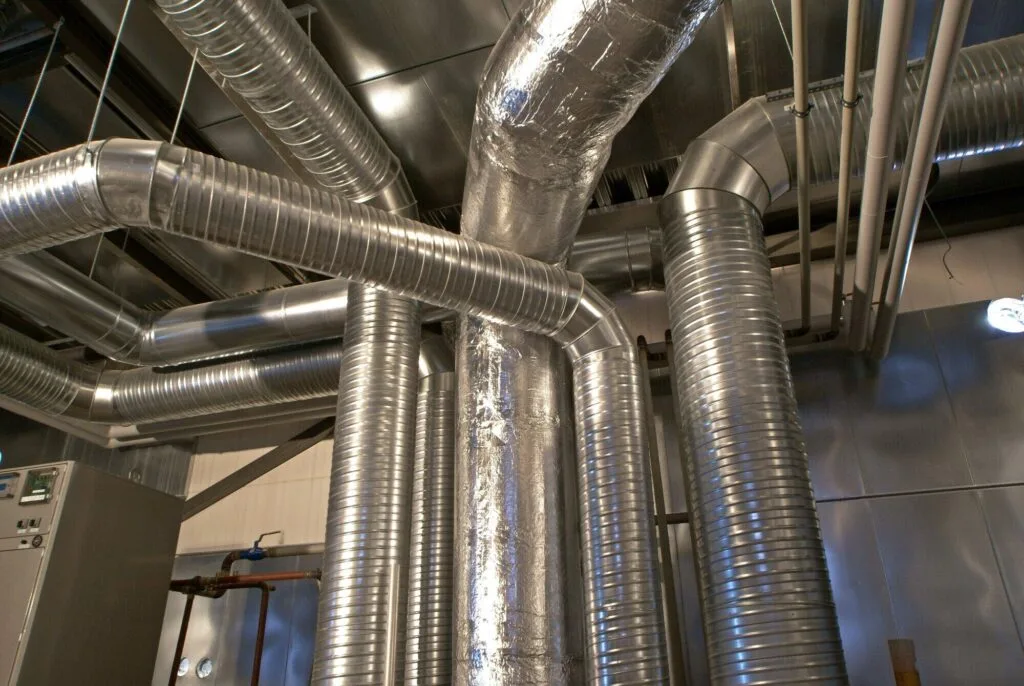
The repercussions don’t stop there. Contractors risk costly callbacks and damage to their reputation. High electric bills and reduced system lifespan are common outcomes of poor tape performance. Researching and selecting the right HVAC tape upfront can save you time, money, and frustration in the long run.
The Six Most Common HVAC Myths Debunked
Myth 1: All Tapes Work for All Applications
This couldn’t be further from the truth. HVAC tapes are engineered for specific purposes and environments. Using the wrong type can compromise air quality, reduce efficiency, and even void warranties. Always verify the tape’s specifications before use.
Myth 2: Duct Tape Is Never Suitable for HVAC
While most duct tapes are not designed for HVAC use, some specialty tapes labeled for HVAC applications are exceptions. Ensure the tape meets UL certification and is rated for HVAC systems.
Myth 3: Full System Closure Isn’t Necessary
This is a dangerous misconception. Full system closure is essential to prevent air leaks and maintain energy efficiency. Studies show that proper sealing can lower energy bills by as much as 10% annually.
Myth 4: Tapes Don’t Require Pressure to Adhere
HVAC tapes are pressure-sensitive, meaning they need firm application to form a lasting bond. A squeegee is your best friend in ensuring proper adhesion.
Myth 5: Flagging Is a Minor Issue
Flagging indicates poor tape quality or improper application. It compromises system integrity and can lead to callbacks, which are both costly and time-consuming.
Myth 6: Tapes Don’t Expire
Incorrect storage or prolonged shelf life can degrade tape performance. For optimal results, use tape within its recommended lifespan and store it in a clean, dry environment.
The Truth About Common HVAC Misconceptions
Many contractors and homeowners are misinformed about HVAC tape, which often leads to poor system performance. For example, using generic tape for all materials and environments is a recipe for disaster. Proper research ensures the tape you choose aligns with your project’s needs.
Another common misconception is that UL listings aren’t important. However, UL-certified tapes undergo rigorous testing for adhesion, shear strength, and temperature resistance, making them indispensable for critical applications. Lastly, never underestimate the impact of improper tape storage. Store your tape correctly, and it will reward you with long-lasting performance.
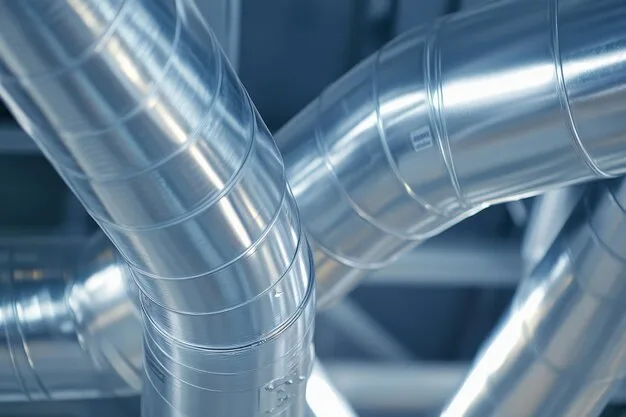
Related article: Increase HVAC efficiency with HVAC tape.
Why Do Some HVAC Tapes Have a Liner?
HVAC tape liners serve a specific purpose—preventing the tape from sticking to itself on the roll. This feature is especially crucial for tapes with aggressive adhesives. In scenarios requiring maximum durability, such as sealing outdoor ductwork, a liner helps maintain the tape’s integrity until application. If you’re tackling a demanding project, consider using a liner-equipped tape to ensure smooth application and lasting performance.
Conclusion
Choosing the right HVAC tape is more than just a technical decision; it’s an investment in efficiency, reliability, and air quality. From understanding its properties to debunking myths, you now have the tools to make informed choices. At Fonitaniya™, we’ve been innovating adhesive solutions for over 15 years, helping professionals achieve unparalleled results. Ready to elevate your next project? Trust Fonitaniya™ for all your HVAC tape needs.
FAQs
What is HVAC tape used for?
HVAC tape is used to seal and repair ductwork, ensuring system efficiency and preventing air leaks.
Can I use regular duct tape for HVAC systems?
Regular duct tape isn’t recommended unless it’s specifically labeled for HVAC use.
How long does HVAC tape last?
Most HVAC tapes last for the system’s lifespan if properly applied and stored.
Is HVAC tape heat-resistant?
Yes, HVAC tape is designed to withstand high and low temperatures, depending on the tape’s specifications.
What makes HVAC tape different from other tapes?
HVAC tape is engineered for durability, adhesion, and temperature resistance, making it ideal for ductwork.

